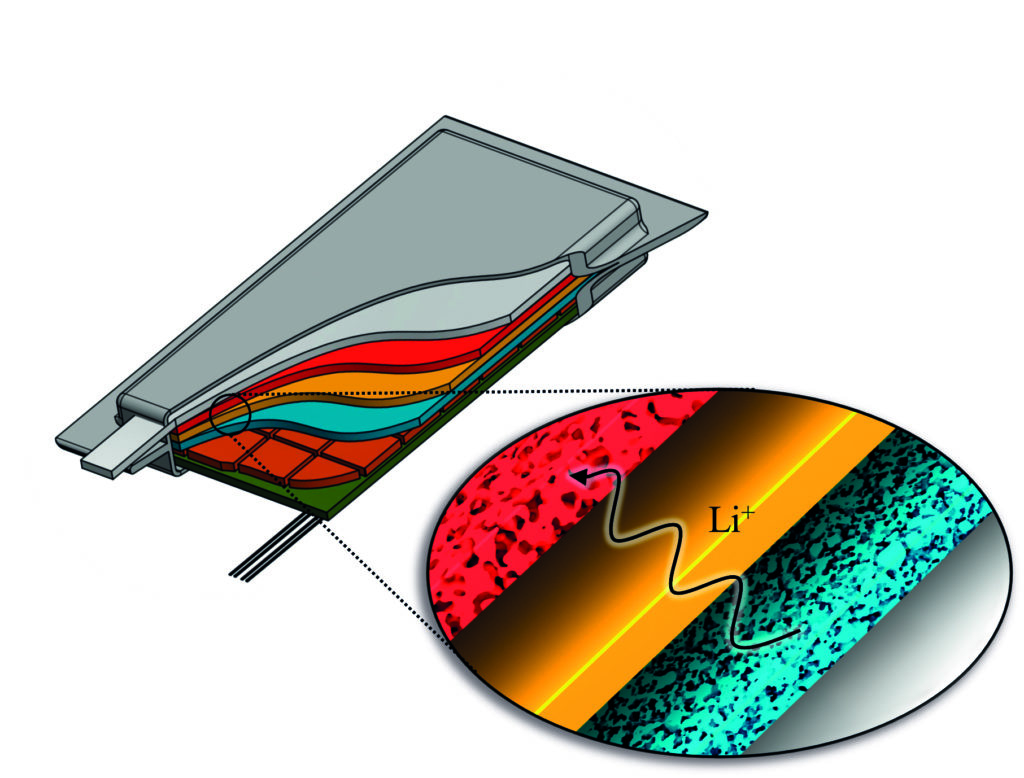Current collectors and microstructure-resolved electrode simulation in battery research
Battery Research at DLR: the functioning of a Li-Ion cell is based on a complex interplay between electrochemical processes and transport mechanisms, which are dependent on the chemical composition, application and corresponding design of the cell. Understanding these processes is key to ensuring that the stringent requirements – in terms of cost, energy density, long-term stability and safety – are satisfied for the different fields of application, and for continuously improving the cells. DLR experts from a wide range of disciplines, including simulation, material synthesis, electrochemistry and systems analysis, are working together for this purpose. In the simulation, researchers derive mathematical equations for the electrochemical processes from thermodynamics. In doing so, they simulate ion transport in microstructure-resolved electrodes and optimise entire battery cells in conjunction with research groups conducting experiments. The construction of models grants them an insight into nanoscale processes taking place at interfaces that determine the performance and service life of electrochemical energy storage devices.
Segmented Cell: the process of characterising the operation of the cells is also contributing towards improving their safety and longevity. The aim here is to understand what is happening while the cell is being charged, and how this changes over the cell’s service life. The segmentation of current collectors, including measurement technology, developed by DLR allows spatially resolved measurement of different operating data, such as temperature, current distribution or impedance during operation and in real time. Implementing this technology allows continuous monitoring of the actual condition of the cell across the whole surface of the electrode. Knowledge about how this condition changes depending on the cell design and the charging and discharging conditions can be applied to the development of cell components, cells and battery systems. It also has applications in the field of cell diagnostics.
German Aerospace Center (DLR)
Prof. Dr. Arnulf Latz · E-Mail: arnulf.latz@dlr.de · DLR.de
